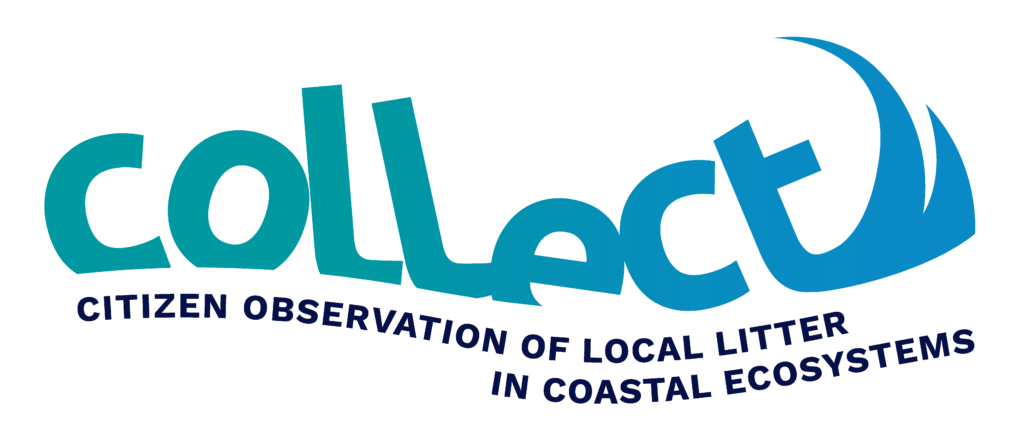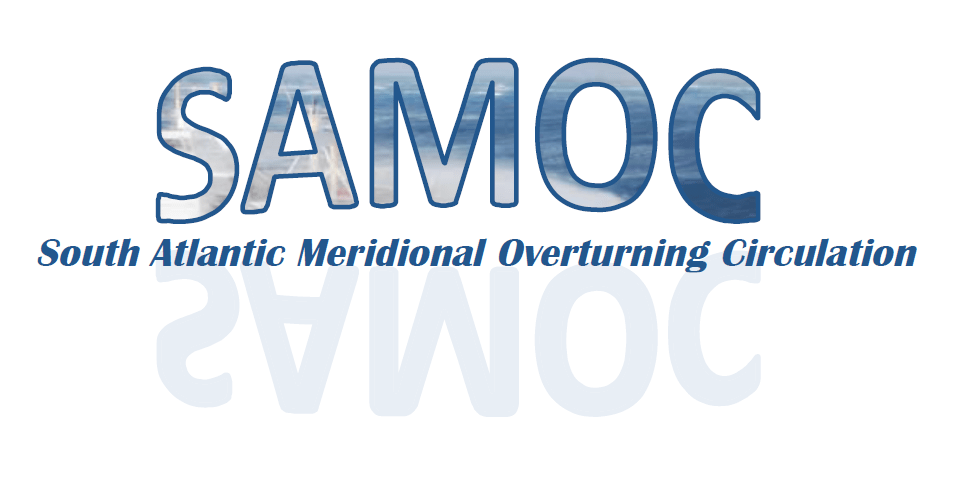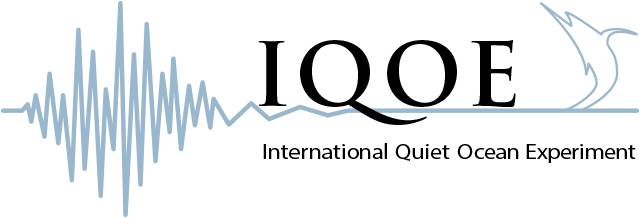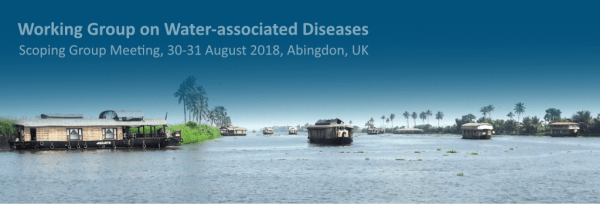COLLECT – Citizen Observation of Local Litter in Coastal ECosysTems
POGO project funded by the Richard Lounsbery FoundationJanuary 2021 – September 2022 Goal The goal of this project is to acquire data on marine plastic debris distribution and abundance on the coasts of African countries, by training citizen scientists (secondary school students) and promoting knowledge transfer between local communities, researchers and members of the Partnership […]
COLLECT – Citizen Observation of Local Litter in Coastal ECosysTems Read More »




